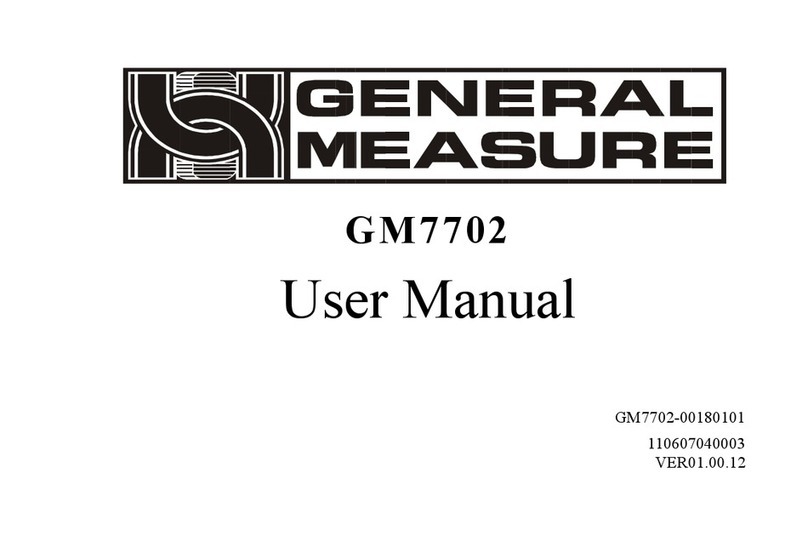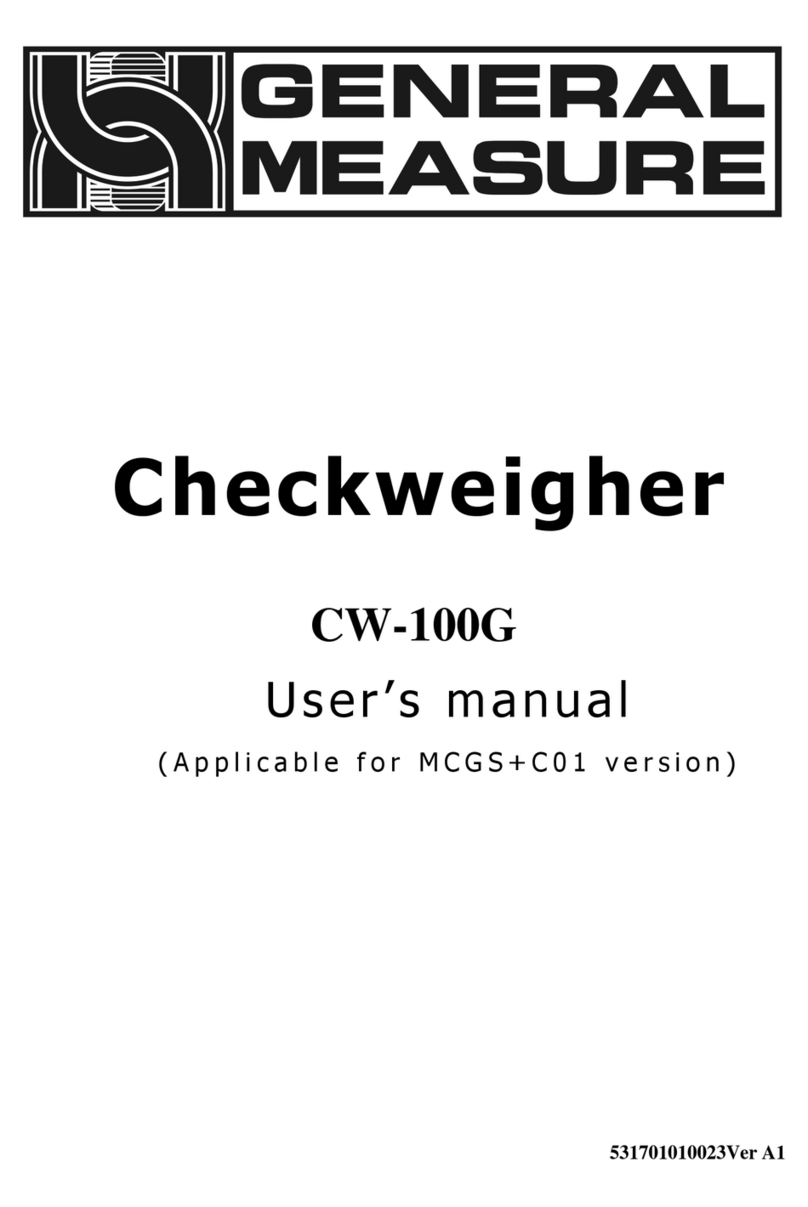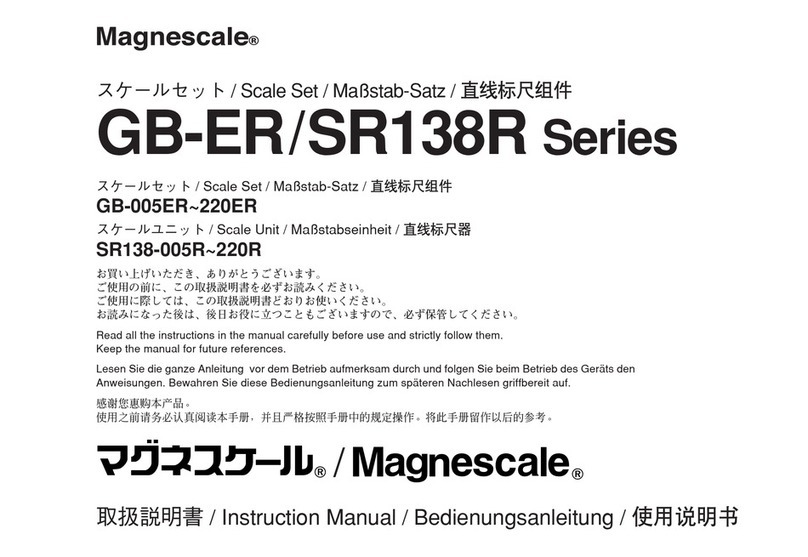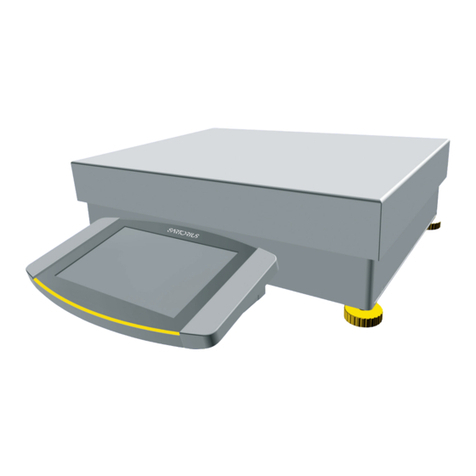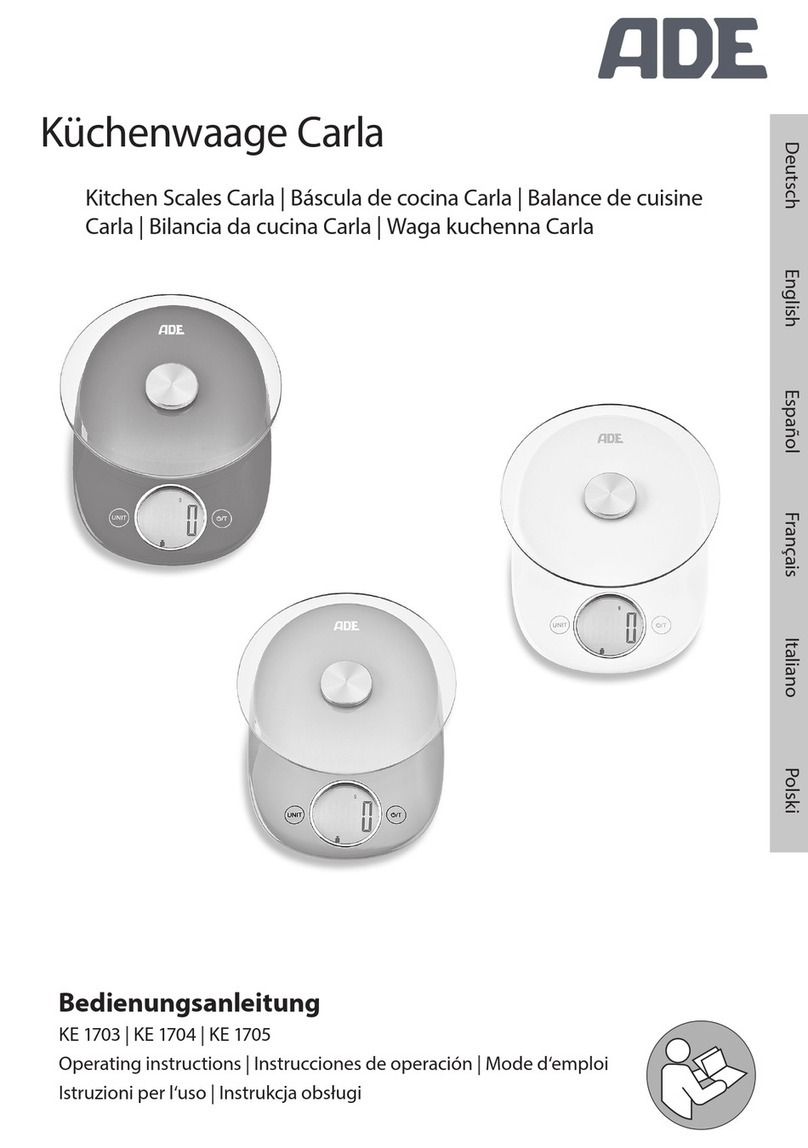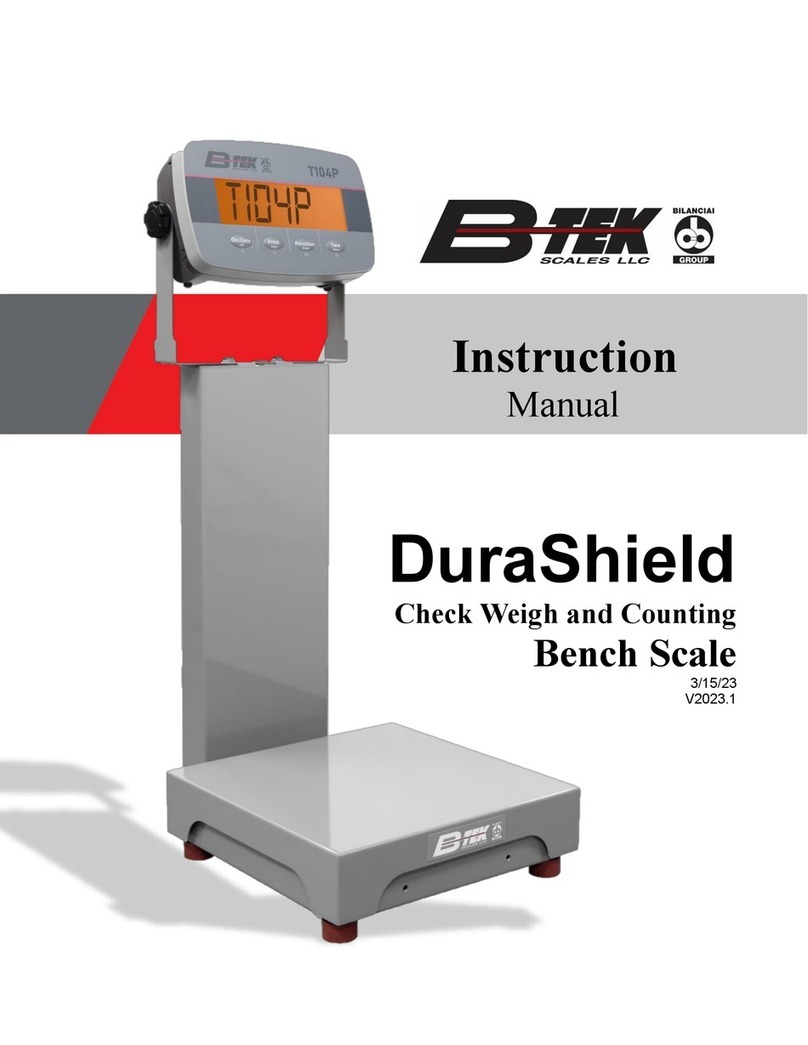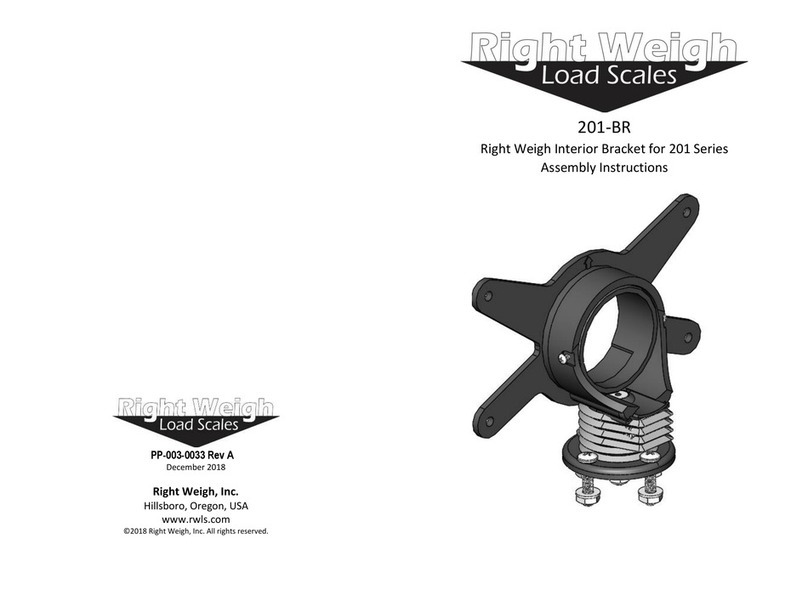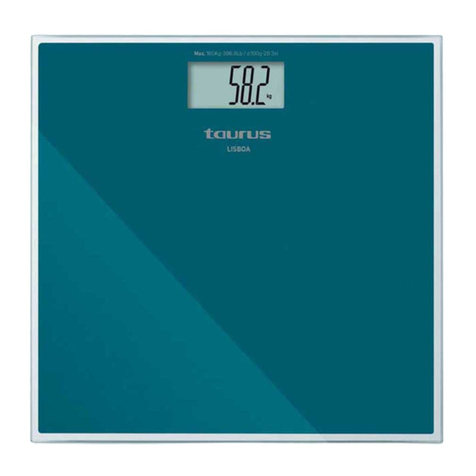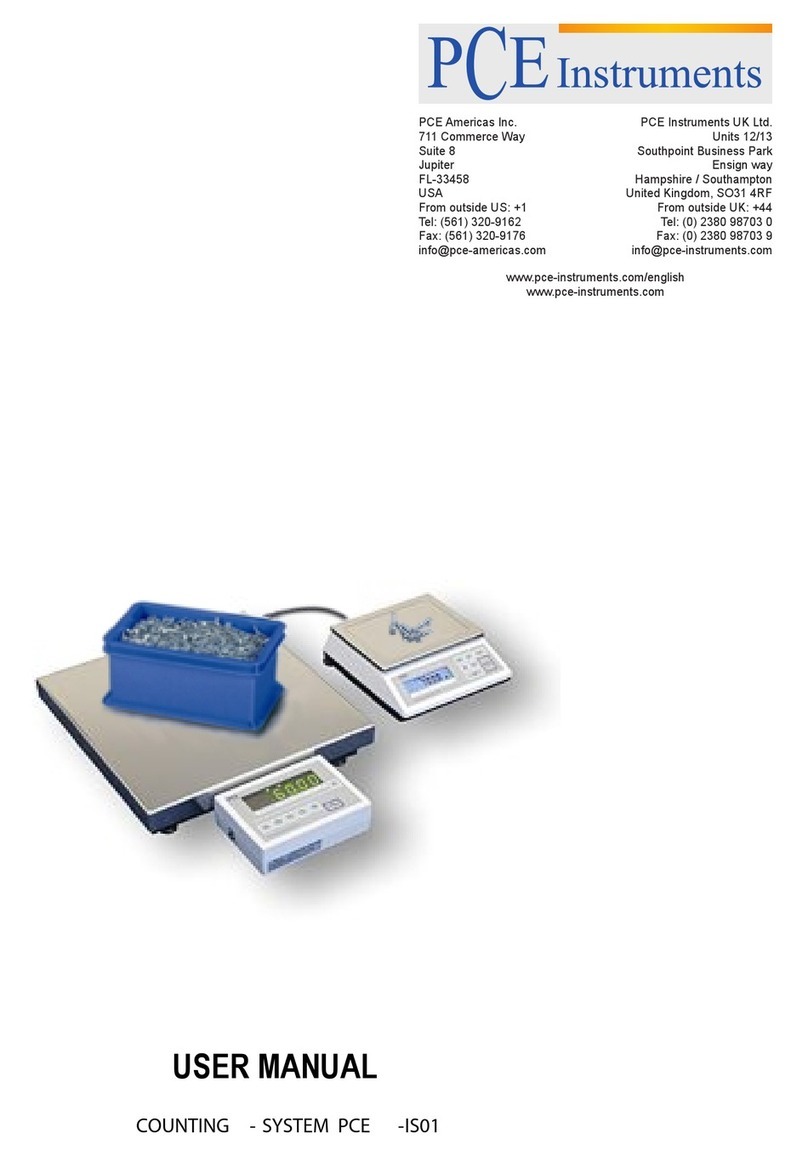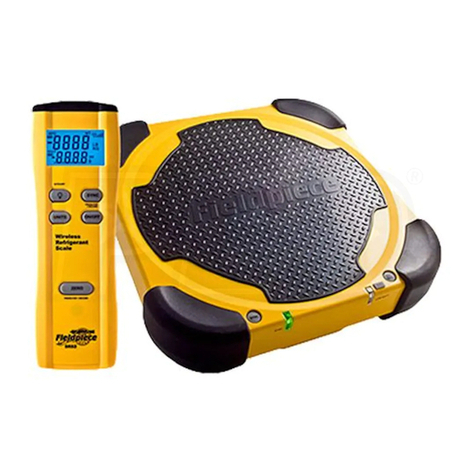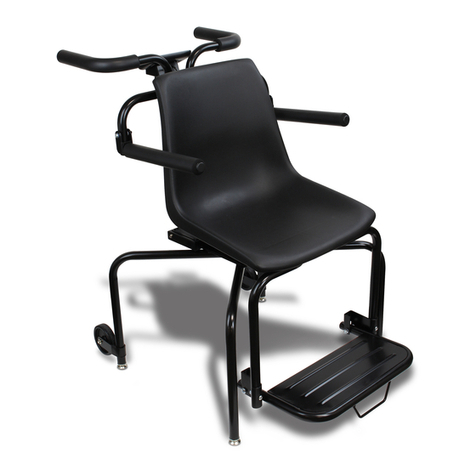General Measure GMT-H1 User manual

GMT-H1
Operating instruction
V E R 0 1 . 0 0 . 0 2

Shenzhen General Measure Technology Co., LTD. All rights
reserved.
Without the permission of Shenzhen General measure
Technology Co., LTD., no unit or individual shall
reproduce, disseminate, transcribe or translate into any
other language version in any form or means.
warning
The product adopts AC220V power supply.
Please keep the meter well grounded.
The product is an electrostatic sensitive
device. Take esd preventive measures during
use and maintenance
Standards &
Certification
Product standard: GB/T 7724-2008
Verification regulation: JJG 669-2016
CMC accuracy level 3;Guangdong 0000000048;
Safety certification: CE

directory
Chapter 1 Overview............................................................................1
1.1 Functions and features.......................................................1
1.2 Technical Specifications..................................................... 1
1.3 Panel Diagram.................................................................... 2
Chapter ii Installation and Wiring...................................................... 4
2.1 Connecting Power cables to the controller...................... 4
2.2 Sensor Connection..............................................................4
2.3 Connection of communication Ports................................ 5
Chapter three menu overview.............................................................8
3.1 Parameter Selection and Setting.......................................9
Chapter 4 Setting parameters of weighing....................................... 11
Chapter 5 Calibration parameters..................................................... 13
5.1 Zero point Calibration.....................................................14
5.2 Weight calibration of weights..........................................15
5.3 Theoretical value calibration..............................................16
Chapter 6 Application Settings.........................................................17
6.1 Application Setting Parameter table.............................. 17
Chapter 7 System Maintenance........................................................ 18
7.1 Communication Test........................................................ 18
Chapter 8 MODBUS communication.............................................. 19
5.1 the Modbus protocol........................................................ 19
5.2 MODBUS Function Code and Exception Code............ 19
5.3 MODBUS Communication Address...............................20
Chapter 9 Automatic Reporting Protocol......................................... 33
Chapter 10 GPRS communication....................................................36
8.1 GPRS Communication Parameters................................36
8.2 GPRS data frame structure description........................ 36
8.3 GPRS protocol..................................................................37
8.3.1 heartbeat packets.................................................. 37
8.3.2 Incoming and outgoing materials report frames
......................................................................................... 38
8.3.3 Setting GPRS Communication Parameters....... 40
Chapter 11 Product size.................................................................... 42

1
Chapter 1 Overview
1.1 Functions and features
The shell type
Suspension, waterproof housing
Sensor
interface
1 channel 6-wire analog sensor scale interface,
connect up to 8 350 ω sensors
Display
LCD display screen
interface
1 channel 485 port (standard configuration);Supports
ModbusRTU and continuous sending protocols.
1 RJ45 port (standard);Supports Modbus/TCP and
continuous transmission
GPRS data transmission function
Fixed I/O: 3 in and 3 out
Variable IO: 3-way interface (can be customized
for output/input function)
Weight
calibration
and
calculation
Calculate the weight data by collecting the sensor,
support the theoretical value calibration and weight
calibration of two ways
Material
level meter
function
Input scan through IO port to obtain material level
information
1.2 Technical Specifications
Power supply
V 5 0 h z A C 9 0 - 2 6 0 ( o r 6 0 h z ) p l u s o r
mi n u s 2%
The shell size
175*150*75mm
The product weight
750g
Authentication
Environment
- 1 0 ~ 4 0 ℃ ; 9 0% O F R . H i s n o t d e wy
operating environment
- 2 0 ~ 6 0 ℃ ; 9 0% O F R . H i s n o t d e wy

2
Storage environment
- 4 0 ~ 6 0 ℃ ; 9 0% O F R . H i s n o t d e wy
Power consumption
1 0 W
Excitation voltage of
weighing platform
5V 200mA(MAX)
Weighing platform
requirements
1 analog platform interface, connect up to 8
350 ω sensors, support 1mV/V, 2mV/V,
3mV/V sensitivity
Sensitivity/certified
sensitivity
0.1 uV/uV/d d / 0.5
nonlinear
0 .0 1 % F. S
A/D conversion speed
Default value: 100 times/second (optional)
Maximum display
accuracy
1/100000
The keys
4 key audible mechanical keys
Decimal position
0, 0.0, 0.00, 0.000;Four kinds of optional
1.3 Panel Diagram

3
Status indicator:
POWER: indicates the POWER indicator.
STABLE: indicates the stability indicator.When the weighing
platform or hopper material weight change in the stable range, the indicator
light.
COMx: communication indicator light;
GPRS: GPRS communication indicator light;
Keyboard:
: Clear/Exit key to exit the current operation/return to
the previous menu key. Long press to clear (meet the conditions for
clearing)
: Parameter selection key. During data input, when the
main display blinks, press this key to increase the blinking bit by
1. When the blinking position is 9, press this key to increase the
blinking bit by 1.
: Parameter setting function selection key. During data
input operation, the main blinking bit blinks. Press this key to
move the blinking bit to the right.
: Confirm button, confirm to enter the current option
during calibration or parameter setting;The data entry operation
confirms the data and terminates the operation.
Main interface switch button: Power on The default display is the
incoming and outgoing material content, press It can switch to
display the accumulative content of material in and out on the same day.

4
Chapter ii Installation and Wiring
2.1 Connecting Power cables to the controller
The packaging controller uses 220V, 50Hz AC power supply
with protective ground.The connection is as shown below:
2.2 Sensor Connection
Gmt-h1 mold block shall be externally connected with resistance
strain bridge sensor, and the sensor shall be connected to the module as
shown below.When a four-wire sensor is selected, the SN+ and EX+ of the
module must be short-circuited, and the SN- and EX- must be
short-circuited.Each port of the sensor connection terminal is assigned to:
port
EX+
SN+
EX-
SN-
SIG+
SIG-
SHLD
6 wire
positive
Sensor
positive
negative
sensor
negative
signal
positive
Signal
negative
Shielding
wire
4 wire
system
positive
negative
signal
positive
Signal
negative
Shielding
wire
Matters needing attention:
1.Because the sensor output signal is more sensitive to electronic noise
analog signal, so sensor wiring should be shielded cable, and laid separately
with other cables, especially away from the AC power supply;
2.For the transmission distance is short and the temperature change is not
large occasions or precision requirements are not high occasions can choose

5
the four-wire sensor;But for the application of long transmission distance
or high precision requirements should choose the six-wire sensor;
3.When multiple sensors are connected in parallel, ensure that the
sensitivity (mV/V) of each sensor is the same.
2.3 Connection of communication Ports
The product supports one channel 485 and one channel RJ45 network
port communication, and supports Modbus-RTU/automatic
reporting/Modbus-TCP /IP protocols.Communication parameters (see
Section 8 for correspondence addresses)
A
seria
l
port
/
485
COM ID
Slave serial number used by serial port 1.Initial
value: 1. Parameter range: 1 to 247.
This only works if the communication protocol
has a slave number.
Baud rate
9600, 38400, 19200, 57600, and 115200 are
optional.Initial value: 38400
The data
format
Parameter range: 8-E-1, 8-O-1, 8-N-1, 7-E-1,
7-O-1 (data bit, parity bit, stop bit).Initial value:
8-E-1.
The Modbus RTU protocol can be 8-E-1,
8-O-1, or 8-N-1.
Communicati-
on protocol
Modbus RTU, automatic reporting.Initial
value: Modbus RTU

6
Double word
patterns
Parameter range: ab-cd, cd-ab.Initial value: AB
- CD
Sending
interval
Continuous sending interval, initial value 0.000,
range 0.000-9.999s
Mod
bus
tcp
The IP
address
Local IP/ Modbus
TCP mode
Initial value:
192.168.101.246;
Parameter range: 0.0.0.0
to 255.255.255.255
Destination IP
address/Automatic
report mode
The port
number
Local port/Modbus
TCP mode
Initial value: 502;The
value ranges from 0 to
65535
Target
port/Automatic
report mode
mask
Initial value: 255.255.255.000
The gateway
Initial value: 192.168.000.001
Communicati
on protocol
Modbus TCP, automatic reporting.Initial
value: Modbus TCP
Double word
patterns
Parameter range: ab-cd, cd-ab.Initial value: AB
- CD
Sending
interval
Continuous sending interval, initial value 0.000,
range 0.000-9.999s
GP
RS
Destination IP
address
The IP address of the server for
communication;Initial value: 192.168.101.246
Destination
port number
The IP port number of the server for
communication;Initial value: 502
Heart rate
The heartbeat packet frequency connected to
the server during communication;Initial value:
30s.Scope: 0-3600 - s
GPRS
communicatio
n switch
Whether to enable GPRS communication.Initial
value: off;
IMEI | | | |
IMSI queries
The IMEI and IMSI information of the GPRS
chip cannot be modified
GPRS
current
status
View the current GPRS status
Serial port terminal connection

7

8
Chapter three menu overview

9
3.1 Parameter Selection and Setting
1) On the main screen, press The parameter setting page
is displayed
2) , Toggle options.
3) According to the The parameter Settings are
displayed.
4) According to the To exit.
Parameter Settings:

10
1), Switch parameter value.

11
Chapter 4 Setting parameters of weighing
parameter
Functional description
Reset
Settings
Automatic
zero
clearing
after
power-on
Set the reset range during power-on. If
the value is 0, the reset range will not
be reset during power-on.Initial value:
0;Parameter Range: 0 to 99%
Reset the
scope
Sets the range within which zeroing is
allowed.Initial value: 20%;Parameter
Range: 0 to 99%
STAB&TrZero
STAB
Timer
In this time, the weight variation range
is not greater than the range of
stability, considered stable.Initial
value: 1.000s;Parameter Range: 0.100 to
9.999 seconds
STAB
Range
During the stabilization time, the
weight variation range is not greater
than this set range, and it is
considered stable.Initial value:
1D;The value ranges from 0 to 99D
TrZero
Time
In the set time, the weight change range
is less than the zero range, automatic
tracking zero.Initial value:
1.000s;Parameter Range: 0.100 to 9.999
seconds
TrZero
Range
When the weight change range is less
than this set range during the zero
catching time, zero will be
automatically tracked.Initial value:
0d;The value ranges from 0 to 99D
Sampling
and
filtering
Digital
filtering
Digital filter, the higher the level,
the stronger the filtering, but the
longer the response time.Initial value:
4;Parameter Range: 0 to 9

12
Adv.
Filter
Steady-state filter, which is enabled
when the weight is in a steady state. The
higher the level, the stronger the
filtering, but the longer the response
time.Initial value: 0;Parameter Range:
0 to 9
Sampling
frequency
Sampling frequency, initial value: 100
times/SEC.
Scope:
optional,60,100,120,200,240,400,480
50 times/SEC
Weighing parameter
reset
Press ENTER (OK) to restore the factory
Settings of weighing parameters.

13
Chapter 5 Calibration parameters
parameter
Functional description
The
weight of
the
format
unit
A unit used for indicating weight. Initial
value: kg,
Parameters: 0:kg/1: G /2: T /3:lb
The
decimal
point
The number of decimal places used for
weight indication.Initial values: 0
Parameter range: 0/0.0/0.00/0.000
Dividing
the
value
The smallest unit of change in
weight.Initial value: 1.
Parameters: 1/2/5/10/20/50/100/200/500
(d)
range
Maximum weight that can be
displayed.Initial value: 10000
Parameter range: 1~(100000* degree value)
The
weight of
the
calibrat
ion
Autozero
calibrat
ion
The actual millivolt of the current sensor
is displayed
Input
zero
calibrat
ion
Input the zero millivolt value manually for
zero calibration without weight.
Weight
calibrat
ion
Perform weight calibration parameters
Theoreti
cal
calibrat
ion
Sensor
sensitiv
ity
Average value of the true sensitivity of
the connected sensor, initial value:
2.0000.Scope: 0.0001-5.0000 mV/V
Total
sensor
range
The sum of the real range of the
sensor;Initial value: 10000
Scope: 0-999999
Enabled
Choose to enable the theoretical value to

14
theoreti
cal
calibrat
ion
calibrate and calculate the weight;Initial
value: Off.Range: on/off
Weight correction
factor
Used to correct the weight value, showing
the weight = correction factor X weight
calculated by the calibration parameter
(theoretical value parameter);Initial
value: 1.0000. Range: 0.00001-9.99999
Calibration reset
Press ENTER (ENTER) and input the
calibration password to restore the
factory Settings of the calibration
parameters.
5.1 Zero point Calibration
Zero calibration function can be completed by interface
operation and communication interface operation.
Interface operation: Weighing interface -- > [Calibration menu]
-- > [Weight calibration]
Automatic zero calibration
Stable/unstable: the sensor is in a stable state
2.760mV: is the millivolt of the current sensor (value should be the
actual value on site)

15
Key Cancel: Press Key to exit the automatic zero
calibration interface.
Key confirmation: Press Key to complete zero calibration
(zero calibration operation can be completed only in a stable state.Otherwise,
an alarm interface will pop up.
Note: 1) Automatic zero calibration defines the current state as
zero.The platform should be emptied before execution.
2) Record "current sensor millivolt value", so as to carry out
"input zero calibration" when it is inconvenient to empty the platform.
[Input zero calibration]
Manually input millivolt value for weightless calibration.
5.2 Weight calibration of weights
Calibration steps:
1) Enter the weight calibration interface
2) Add weights to the weighing table
3) Valid until stable output
4) Enter the weight corresponding to the weight value

16
5) According to the Key to complete weight calibration.
5.3 Theoretical value calibration
The theoretical value calibration refers to the weight calibration
operation through the input connection of sensor sensitivity and sensor range
value.
Theoretical value calibration requires three steps:
1)Set sensor sensitivity (for example, connect multiple sensors and
enter the average value of sensitivity)
2)Set the total sensor range (such as connecting multiple sensors,
input the total sensor range and)
3) Turn on the "theoretical value effective" switch

17
Chapter 6 Application Settings
6.1 Application Setting Parameter table
parameter
Functional description
Incoming
and
outgoing
material
management
Minimum
incoming
weight
When the positive weight change is greater
than this value, the instrument considers
that feeding operation has occurred.If 0, no
judgment feeding operation is performed
Initial value: 1;Scope: 0-999999
Minimum
outgoing
weight
When the negative weight change is greater
than this value, the instrument considers
that discharging operation occurs;If 0, no
judgment operation will be performed
Initial value: 1;Scope: 0-999999
Feed in
and out
delay
In the set period of time, the weight does
not change, it is considered that the
material in and out of the end.
Initial value: 1.000s;Scope: 0.100 to
99.999
Automatic reporting
switch
After this function is enabled, the incoming
and outgoing material frames in GPRS
communication will be automatically
reported.Initial value: off;Range: on/off.
Application parameter
reset
Press ENTER (ENTER) and input the
calibration password to restore the factory
Settings of the calibration parameters.
Table of contents
Other General Measure Scale manuals
